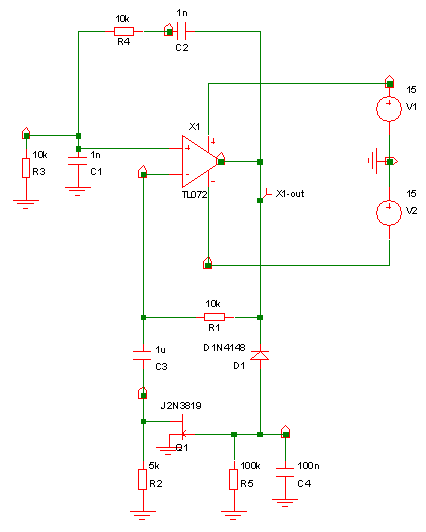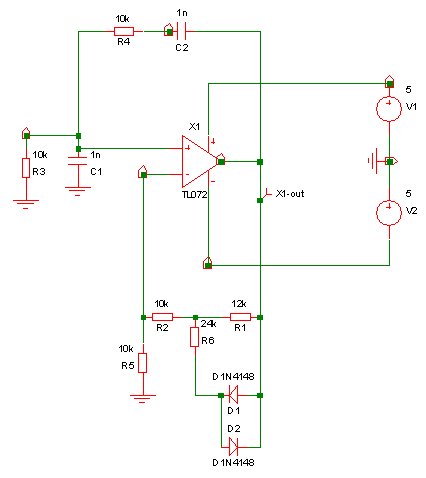nerginer
Newbie level 5
That is a great talking thanks alot to all of you. First of all this is not an inverter. The current can be around 200 mili amps. I did not need too much power. As I said the circuit will be powered by battery.
I think the circuit will have two parts. One is a sine generator this can be a microcontroller based or a wien bridge oscillator the second part will be an opamp base analog circuit to get -12v to +12v sine wave.
I think the circuit will have two parts. One is a sine generator this can be a microcontroller based or a wien bridge oscillator the second part will be an opamp base analog circuit to get -12v to +12v sine wave.

